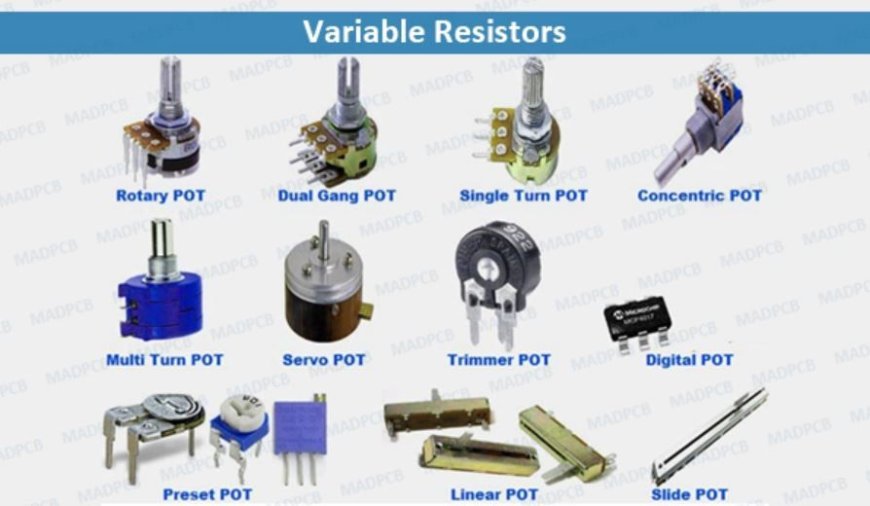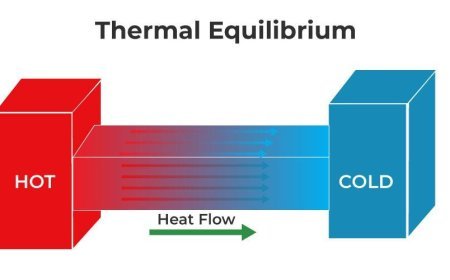VARIABLE RESISTOR
Variable Resistor: A chameleon of circuits! Adjusts resistance to control current flow.

Variable Resistor
- When you change the number of a variable resistor, you can change how much electricity it blocks. Basically, a variable resistor is an electromechanical sensor.
- It works by moving a contact (wiper) over a resistive element. It is called a potentiometer when a variable resistor with three ends is used to split the voltage.
- A rheostat is what it is called when only two connections are used. It works as a changeable resistance.
- There are variable resistors that can be electrically rather than manually adjusted. This type of resistor is called a digital potentiometer.
Types of Variable Resistors
Potentiometer
- A basic potentiometer. The most popular type of changeable resistor is the potentiometer.
- It works as a resistance divider and is usually used to make a voltage signal based on where the potentiometer is set.
- Many different things can be done with this signal, such as controlling the volume of an amplifier, measuring distances or angles, setting circuits, and many more.
- We use trimmer potentiometers, also known as trimpots, to tune or adjust a circuit or application when changeable resistors are also used.
- Most of the time, these are small potentiometers that are attached to the circuit board and can be changed with a screwdriver.
Rheostat
- You can see the fan that moves over a wire-wound resistor on a rheostat.
Potentiometers and rheostats are built in a lot of the same ways. - The main difference is that rheostats are used to change the resistance, not to split the potential.
- Potentiometers have three ends, but these only have two. When you connect one end of the resistance element to a wire, you connect the other end to the variable resistor's wiper. Once upon a time, rheostats were used to control the flow of electricity through a load, like a light bulb.
- Rheostats aren't used for power control very often these days because they're not very good at what they do.
- Switching circuits, which are more efficient, have taken the place of rheostats for controlling power. Rheostats, which are preset, changeable resistors, are used to tune or calibrate circuits.
Digital resistor
- DIP8 package for digital resistors, As the name suggests, a digital variable resistor is a type of variable resistor that changes resistance not by moving parts but by sending computer messages.
- Most of the time, digital methods like I2C or simple up/down signals are used to handle them.
- They can change resistance in small steps.
What's Your Reaction?



































